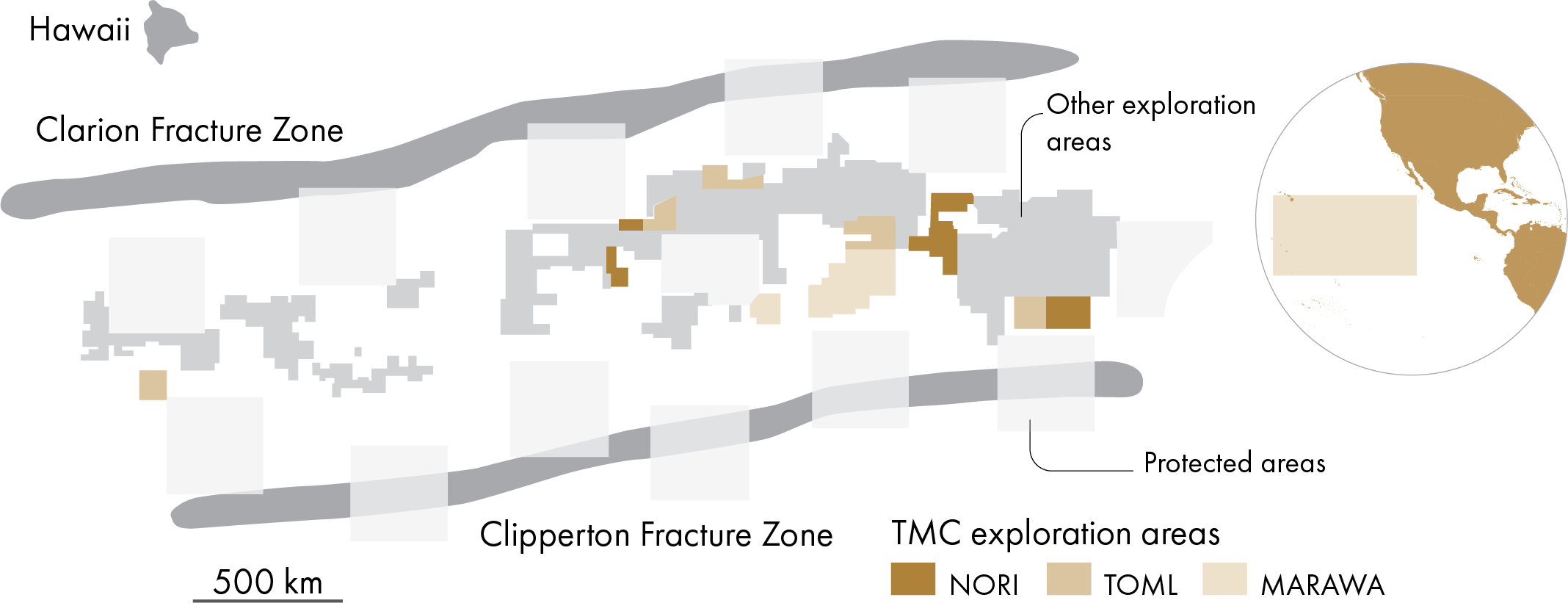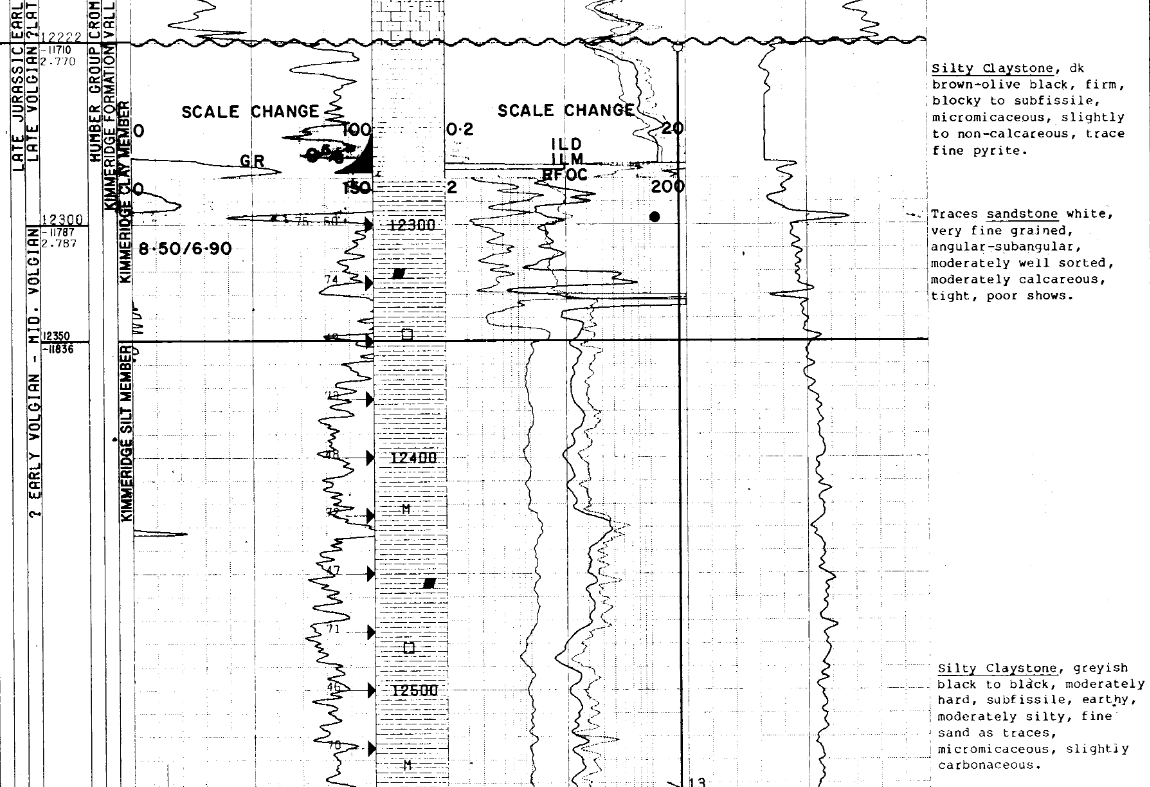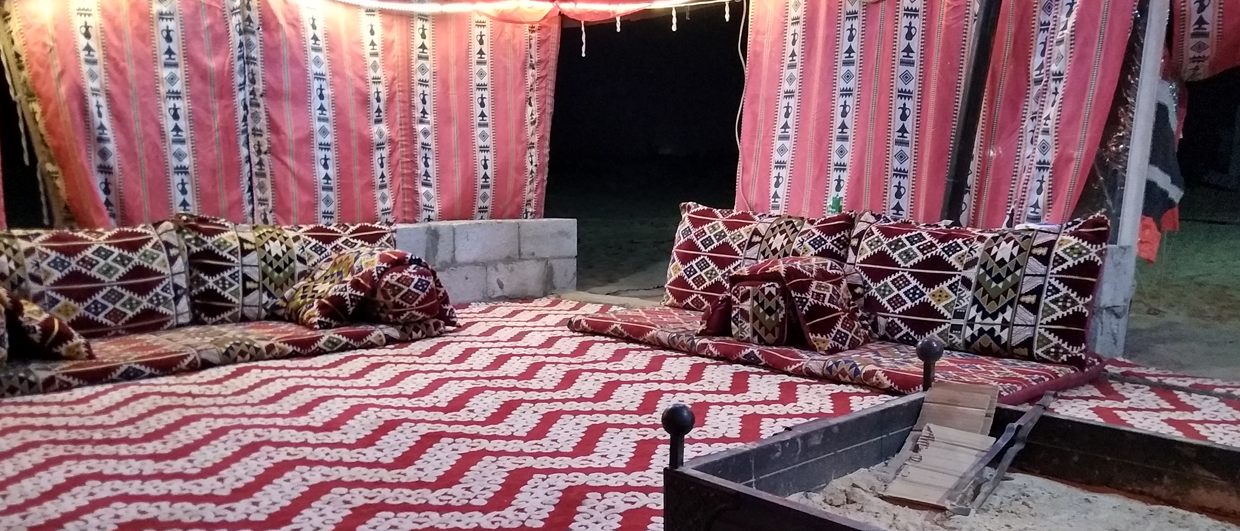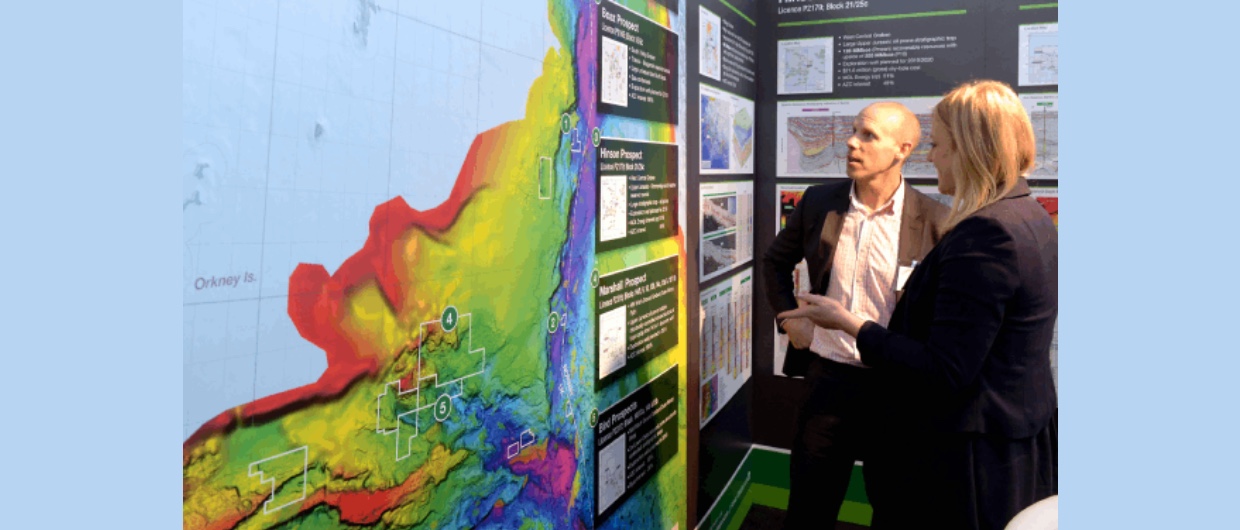Longboat – Acquiring interest in Statfjord Øst
A small surprise this week was to see Longboat Energy acquiring a 4.8% share from INPEX in one of the most mature fields across the Norwegian sector; Statfjord Øst. Thus far, the company had focused on partnering in exploration drilling – mostly in Norway but also in Malaysian waters more recently. Helge Hammer, Chief Executive of the company, described the move as “the next step in realizing our growth ambitions.”
300 boepd from Statfjord Øst will be welcomed because the results of the drilling campaign have not been overwhelmingly positive. The company emphasizes a 63% success rate of the eight wells drilled so far, but the Egyptian Vulture, Mugnetind, Rødhette, Kveikje and Oswig discoveries come with a few caveats. For instance, due to a difference of opinion in further appraising Egyptian Vulture, the licence covering the discovery was relinquished in March.
With a recoverable resource of 5-11 MMboe, the Mugnetind discovery should be considered very small even for North Sea standards.
Equally, the Rødhette discovery was smaller than foreseen: 9-11 MMboe versus an expected 41 MMboe. The find will therefore rely on further nearby developments, which indeed could happen given the sizeable discovery close by at the Lupa well (7122/9-1) announced last year.
The Oswig discovery in a downfaulted block west of Oseberg proved to deeply buried Brent sandstones to be prospective but reservoir quality has been reported poor, which may complicate further development.
The Kveikje injectite discovery is probably the most successful well for Longboat so far, with discovered resources (28-48 MMboe) in line with expectations. Kveikje is also situated in the North of Troll exploration hotspot, where a good number of finds will probably be jointly developed in the years to come.
In short, Longboat may have actually felt the push to buy into some producing assets given the results of the wells drilled so far and the time it will take to reap the first financial rewards of those.
Deep Sea Mining – the deadline looms
This weekend – 9th of July – marks the deadline at which the International Seabed Authority (ISA) has to present a rulebook when it comes to environmental regulations of deep sea mining. If it would fail to do that, nations could go ahead approving plans even without these rules in place. One of the hotspots in this regard is the Clarion-Clipperton Zone in the Pacific Ocean where TMC (The Metals Company) aims to start harvesting polymetallic nodules as early as the end of next year.

Suriname – Guyana – Waves of exploration
We are working on a cover story about exploration in the Suriname-Guyana Basin, where we will present an animation showing when wells were drilled from the 1960’s onwards. It is good to be aware that the basin has been on the exploration map for a while, with some clear “waves” of exploration activity focusing on different areas of the shelf over time. However, only by drilling the Zaedyus well in French Guyana in 2011, companies started to move into deeper water, which ultimately resulted in the discovery of Liza on the other side of the Demerara Rise in 2015. With the success that the area to the west of the Demerara Rise is now seeing in Guyana and Suriname, when will companies go back to the Zaedyus area in French Guyana and have another look there?
Kimmeridge Silt Member
I made an interesting observation this week when looking at a few composite well logs in the UK Moray Firth. In well 15/17-15, which targeted an Upper Jurassic deep-water sandstone, the overlying fines were described as the Kimmeridge Silt Member rather than the more commonly used Kimmeridge Clay Member. I do not re-member having seen the Kimmeridge Clay being described as the Kimmeridge Silt before, and looking at the gamma-ray in the well there is not a big difference between the Kimmeridge Silt and overlying Clay log response. However, it does send the message home that the Kimmeridge Clay in fact contains a fair amount of silt, which is also apparent from reading the wellsite geologist’s notes on the side.

Australia – four times the budget for CCS compared to oil and gas
In our Hotspot that will appear in the next issue of the magazine, Geoff Freer will write that firm bid spend on the recent Greenhouse Gas Rounds in Australia is exceeding the firm bid spend on Petroleum Exploration Round by a factor of four. It is a true sign of the commitments of companies when it comes to storing CO2 in the subsurface and it is equally a sign of how petroleum exploration activity has come down over the years, as Geoff will describe further in his article.
Work starts on Geretsried geothermal project
This week saw the start of drilling Germany’s first geothermal deep closed loop system in Geretsried by company Eavor. The well will target the same Jurassic limestone interval that is also the used for the many conventional geothermal doublets in the Munich area a little further north. However, at Geretsried the reservoir is buried deeper, with the associated higher temperatures as a result. Whether the project will be a success is still the question. As this elaborate and critical overview of deep closed loop systems from Mark McClure describes, there are many challenges to completing these boreholes that come with a lot of open-hole horizontal sections that all need to be connected up. The costs of the exercise, the subsurface risks and the amount of energy that can ultimately be retrieved from such a system do cast some doubt as to whether this way of producing energy can really be economic.
Denmark mini round
Will the Danes be up in arms now that the Danish Energy Authority has opened up a small area in the North Sea for companies to apply for petroleum licences? The area covers the Elly-Luke gas discovery.
As was previously claimed by some mainstream media, the Danes had closed their part of the North Sea for exploration. In fact, it was only the unprospective areas that were closed for further exploration. Instead, the most prospective part of the Danish sector are still open for out-of-round bids, which is now happening indeed.





